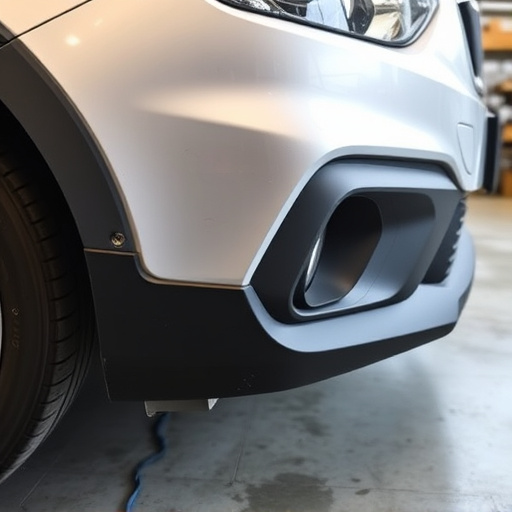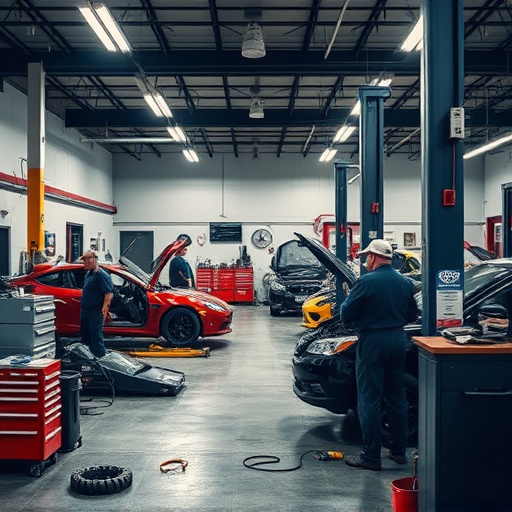Out-of-pocket repair costs vary widely based on damage severity and vehicle specifics, from hundreds for simple fixes to thousands for complex collision repairs. Understanding these costs, involving parts, labor, and diagnostic tests, is key for informed decision-making. Proactive measures like emergency funds, regular check-ups, and preventive strategies can significantly reduce these unexpected expenses.
In today’s digital age, unexpected device failures can lead to significant financial strain due to out-of-pocket repair costs. Understanding these expenses and their contributing factors is crucial for consumers looking to avoid costly surprises. This article delves into the world of out-of-pocket repairs, offering insights on how to prepare and minimize their impact. By exploring various strategies, you can navigate these unexpected costs with confidence, ensuring a smoother and less financially burdensome experience.
- Understanding Out-of-Pocket Repair Expenses
- Factors Influencing These Unexpected Costs
- Strategies to Prepare and Minimize Financial Impact
Understanding Out-of-Pocket Repair Expenses

Out-of-pocket repair costs refer to the expenses that individuals are responsible for paying directly from their own funds, as opposed to being covered by insurance or warranty. These costs can vary widely depending on the extent of damage and the type of repair needed. For instance, a simple car dent removal might cost just a few hundred dollars, while more complex procedures like collision repair in a vehicle body shop could run into thousands.
Understanding these out-of-pocket expenses is crucial when considering whether to fix or replace damaged items. For a car, for example, visiting a collision repair shop might be necessary after an accident, but the associated costs should be clearly communicated and transparently presented. This includes not just the direct repair bill but also any additional fees for parts, labor, and diagnostic tests. Knowing these out-of-pocket repair costs in advance enables informed decision-making, ensuring that folks are prepared for potential financial obligations without any nasty surprises.
Factors Influencing These Unexpected Costs

When considering out-of-pocket repair costs, it’s crucial to recognize that various factors can significantly impact these unexpected expenses. The extent and complexity of the damage play a pivotal role; minor issues might require simple repairs, while more severe accidents could demand extensive car body restoration, involving multiple specialized techniques and materials.
Additionally, the location and availability of services matter. Urban areas with high competition might offer more affordable rates at reputable car body shops compared to remote regions, where limited options can drive up costs. Similarly, the age and make of your vehicle can influence pricing; older models may have scarce replacement parts, leading to higher out-of-pocket expenses in their repair or restoration.
Strategies to Prepare and Minimize Financial Impact

Preparing for unexpected out-of-pocket repair costs can significantly minimize their financial impact. Start by setting up an emergency fund dedicated to vehicle maintenance and repairs. This ensures you have the necessary funds readily available, avoiding the stress of last-minute arrangements. Regular vehicle check-ups and maintenance are also crucial; addressing issues early prevents more extensive (and costly) repairs later.
Additionally, staying informed about common car problems specific to your vehicle model can help in forecasting potential needs for car paint services, paintless dent repair, or car scratch repair. Preventive measures such as parking in secure locations, using garage covers, or installing protective films can reduce the likelihood of damage, thereby lowering the need for these repairs and related out-of-pocket expenses.
Out-of-pocket repair costs can significantly impact your financial well-being, especially when unexpected. By understanding these costs and the factors influencing them, you can proactively prepare and minimize their effect. Implementing effective strategies allows you to navigate these expenses with confidence, ensuring a smoother and less stressful experience when repairs are needed. Remember, being informed is the first step towards managing out-of-pocket repair costs effectively.














